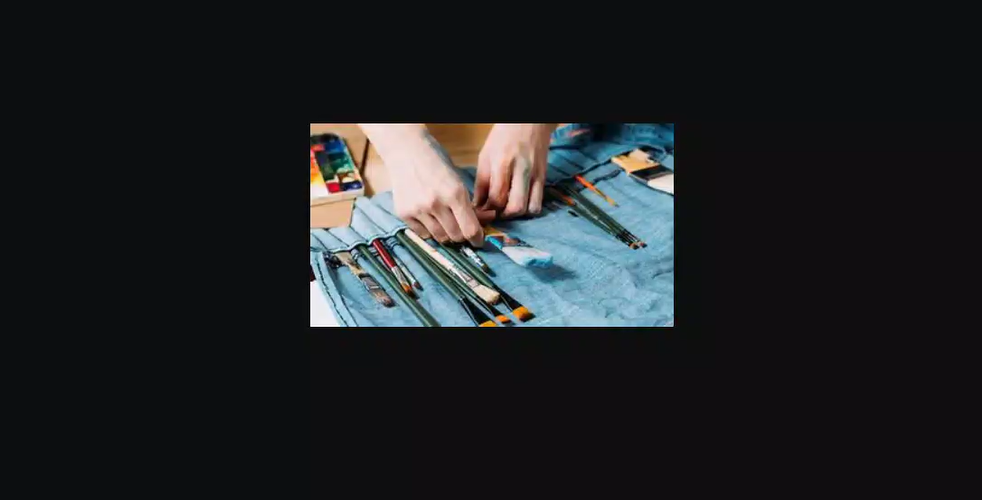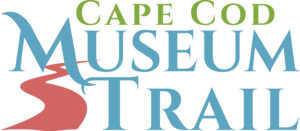
- This event has passed.

Art with Ana: Intermediate Watercolor (4 Mondays)
November 11, 2024 @ 2:00 pm - December 2, 2024 @ 4:30 pm
| $162 – $180Take your watercolor skills to the next level in this class led by artist Ana Johnson-Moore. You’ll delve into a variety of intermediate techniques, including more advanced color mixing, layering, wet-on-wet, and dry brush techniques. Through hands-on practice and personalized guidance, you’ll learn how to create depth, texture, and luminosity in your paintings. Whether you’re looking to refine your style or experiment with new approaches, this class offers a supportive environment to explore and grow as an artist.
Ana Johnson Moore has been an artist her entire life, creating work featuring vibrant color and striking contrast. She is inspired by travel and the stunning landscapes of Cape Cod. Her portfolio includes commissions ranging from pet portraits to children’s illustrations and expansive cityscapes, completed for clients across the US and abroad. Her work has been showcased in numerous galleries throughout the Northeast, as well as featured in various international art publications. Visit her Etsy shop here.
Materials List:
Watercolor paints: A basic set with a variety of colors, pans or tubes (my suggestions: Gansai Tambi 36 set , Holbein Neutral Tint, M Graham Titanium White, or comparable)
● Basic Colors:
○ Cadmium Red: A warm, bright red.
○ Cadmium Yellow: A warm, bright yellow.
○ Cerulean Blue: A light, sky blue.
○ Ultramarine Blue: A deep, rich blue.
○ Sap Green: A deep, warm green
○ Hooker’s Green: A dark green.
○ Viridian Green : A bright, cool green
○ Permanent Violet : A rich, dark purple
● Grays
○ Payne’s Gray : A dark, cold gray.
○ Neutral Tint : A neutral gray, perfect for shadows
White Gouache
● Watercolor brushes (not for acrylic or oil): a set of round and flat brushes in different sizes (e.g., small,
medium, large), One medium fan brush
● Watercolor paper: Arches hot or cold-pressed paper in a pad or block, 12×16 in, 300 g/m- 140 lb
● Palette for mixing paints, plastic or ceramic
● Masking fluid (recommended brand: Winsor & Newton) and applicator
● Toothbrush
● Water jar for rinsing brushes
● Paper towels or a rag for blotting brushes and cleaning up spills
● Masking tape for securing paper to a board or table
● Pencil and eraser for sketching out designs before painting
● Optional: spray bottle, hairdryer
